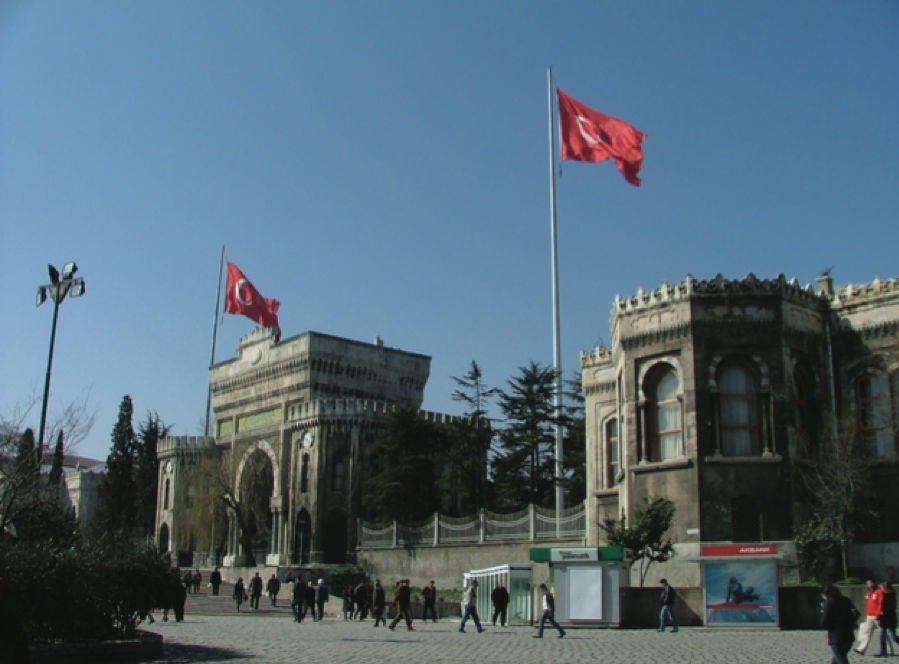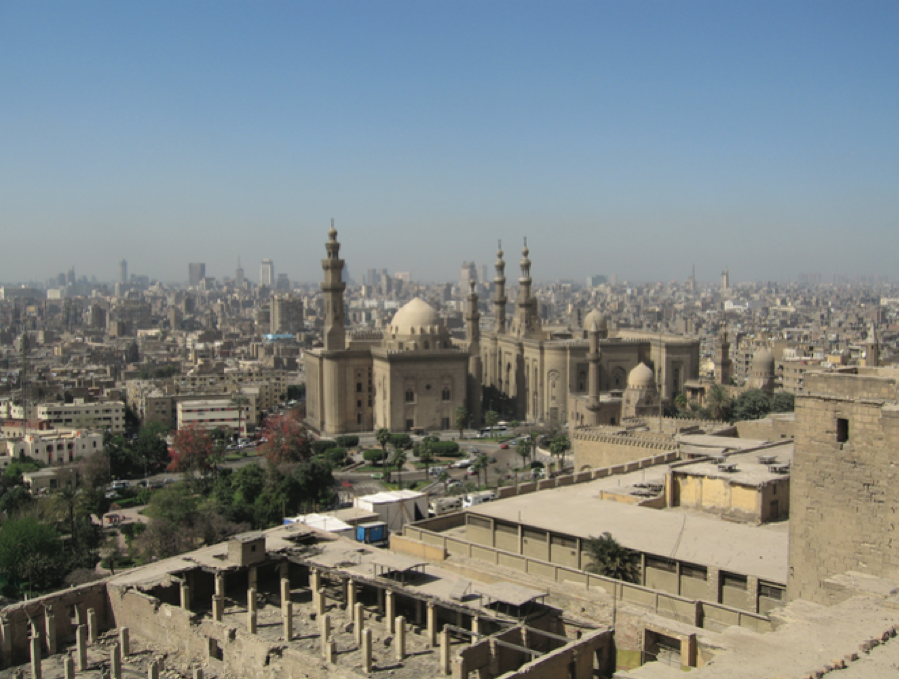Away from the media blitz, the glam and the blinding spotlights inherent to Hollywood, Arab movie production has embarked on its own journey through the seventh art. Talent is everywhere, emerging in the far corners of the Arab world. Executive sheds new light on the region’s industry.
The movie and TV-series production industry in the Arab world is still not sufficiently developed as most features are still imported from the West, said Hani Tamba, director of After Shave (Beyrouth après rasage) and soon-to-be-released Melodrama Habibi. “Unfortunately, it seems that much of Arab energy and funds are poured into the production of video clips instead of films.”
Egypt remains the largest producer of movie and television series, with most other regional countries far behind. Up to 80% of Arab production originates on the Nile. But change is afoot. Recently, a number of Lebanese have gone into producing or co-producing feature films, even if others keep focusing on producing TV commercials and video clips because of their large price tags, with Lebanese productions ranking among the best, according to Tamba.
For the love of the industry
The movie industry exhibits a two-dimensional typology, according to Sabine Sidawi, Lebanese producer of Taxi Service, ZoZo and Yanousak. On one end of the spectrum there are the large productions such as those shot in Hollywood, Bollywood and Egypt, and on the other end movies shot by independent producers. “Lebanon falls in the latter category which boasts very artistic movies, but lack adequate funding. Many directors, producers or technicians are not in the movie business in Lebanon for the money, but simply for their love of the industry,” she reckons.
The average cost of a movie is difficult to assess as prices vary from one project to the other. Tamba explained that most Lebanese films have relatively modest budgets with directors often producing their movies independently, while a lucky few are able to co-produce with foreign funds. “It is difficult to provide a precise figure, but some movies have been priced well under a $1 million.”
Mario G. Haddad, chairman of Les Fils de Georges Haddad & Co., owner of Empire Cinemas and president of Empire International, exclusive distributors of Colombia, 20th Century Fox and MGM in the Levant and the Gulf countries, estimates movie budgets in Egypt to fluctuate between $1-2 million, with some going up to $5-8 million. “Egypt is certainly a giant in terms of movie production and market size, when compared to other Arab countries,” he explained. Of course, the country’s sheer size is by itself a massive advantage, as movies appeal to a wide audience. In terms of viewing, Egypt and the Gulf countries, where movie theaters are one of the prime places of entertainment, are the biggest markets, with around 7 million entry tickets sold every year in the UAE alone.
For Sidawi, governments play a major role in promoting their national movie industry and liberalizing regulations, reducing red tape and lowering taxation on the film industry. As this will encourage a new breed of producer, as has been the case in countries such as Tunisia and Morocco. “The king of Morocco is helping support the movie industry. He has recently established a new movie studio and post-production centers, as well as handing out around $300,000 to jumpstart any film project,” underlined the producer who believes such measures will lead to the creation of an independent Moroccan movie industry in a few years.
Similar measures have also been undertaken by the king of Jordan. According to Sawsan Darwazi, managing partner of Jordanian production house Pioneer, the country’s movie industry is still at a nascent stage. Significant improvements have been achieved with the creation of the Royal Film Commission, which sponsors the film industry. As she pointed out, “Recently, two universities started to offer communication art and media courses, which, in a few years, will undoubtedly help promote a new breed of producers, directors and technicians.”

Finding the financial backing
However, the Jordanian producer admits that the movie industry is yet to fully blossom, as most productions are either comprised of drama series or made-for-TV films. “The only recent big Jordanian production is Captain Abou Raed, which was financed by private individuals who pooled their funds.”
Different techniques also play into movie production. Sidawi underlines that movies are usually shot using 35 or 60mm films, or using video footage which is later transferred on film. The different stages in film production — script writing, development, preparation for the movie by selecting actors and music, shooting the film — can only take place after producers have secured financial backing for their movie. In Lebanon shooting may take up to 6 to 8 weeks, whereas this phase is extended to a few months in the US as big production houses can better handle added costs. Post-production — editing, mixing and integrating special effects to the film — requires and additional four to six months, followed by the actual movie distribution. At this particular stage the lack of funding often compels producers to trade exclusive rights to their movie against TV ads. But as Sidawi points out, “Such agreements grant TV stations exclusive rights to movies, which are not necessarily shown. This practice ties the hands of producers who will have to wait for the exclusive contract to come to end in order to show their movie.”
In such a difficult work environment, combined Arab-foreign productions are not just popular, but rather inevitable, as Arab funding is scarce, explains Tamba. In Jordan, many movies are co-produced with either European or Gulf countries, especially TV films or series. Sidawi estimates that the lack of funds and the need to co-produce with a foreign country may steer movie production away from its original path and into a direction that is not naturally its own. “For instance, European producers will integrate their own perception of a country into a movie, one that is not necessarily favored by their Arab co-producer. This affects the type of movie we end up producing,” she said. Hani Tamba looks at collaborations with a more positive eye, believing that European co-producers often add a fresh perspective to a project as well as a different know-how. “Co-production is a matter of finding the right alchemy between two countries,” he declared. In Egypt, as Haddad pointed out, the issue of co-production is less tricky as most producers operate independently and do not need to rely on foreign countries to finance their movies.
Empire International’s president emphasized that one main challenge faced by movie producers in the region is crossing the cultural boundaries between countries, saying “As an example, Lebanese movie producers are confronted with two main problems: language or dialect in which the movie will be filmed and its scope. The Lebanese movie Ghnoujet Baya generated around 200,000 admissions locally but very little outside of Lebanon, as it reflects our local specific culture.” On the other hand, movies such as Nadine Labaki’s Caramel have fared very well in Europe, where in France alone it generated around 500,000 to 700,000 admissions. But despite its international success it did not stir much interest in the UAE.
Haddad believes that over the next few years, movie production will face new challenges with the rapid evolution of technology allowing for movie downloads from the internet and facilitating pirating, which indirectly led to the Hollywood writers strike over compensation for content distributed online. The lack of proper viewing has also affected the sector although many changes have been introduced in recent years with the emergence of massive Cineplex in various Arab countries. In the end, the cinema owner knows that both go together. “Movie viewing and production are intertwined: the first acts as a powerful locomotive for the second and contributes in developing a real movie culture.”










